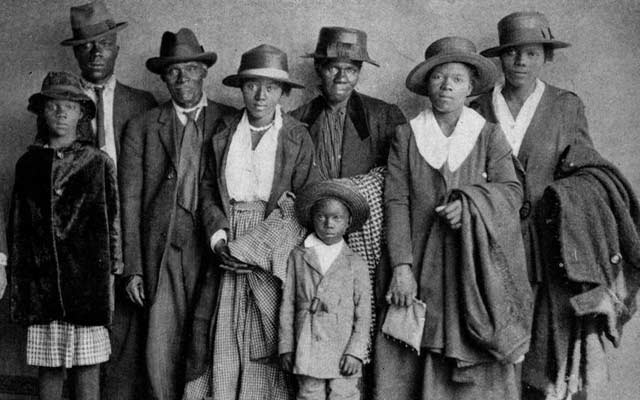In August 1619, an English ship reached Hampton, Virginia, carrying about 20 slaves from Africa. A second ship soon brought more enslaved people to North America. For more than 200 years, millions of Africans were taken from their homes across the Atlantic Ocean. Many were separated from their families. Black Americans have had to work to rebuild their community on the new continent.
Most enslaved people were forced to work on . They had to work without pay. Many of these enslaved people tried to escape. And they relied on their community to find freedom. For example, Harriet Tubman escaped slavery in 1849. She then worked with many others to free other slaves. This was called the Underground Railroad.
The Underground Railroad was not a real train. It was a series of meeting sites, paths, and safe houses. The system helped lead enslaved people to safety. Up to 100,000 enslaved people used it to find freedom.
The Fugitive Slave Act of 1793 let slaveowners recover an escaped slave. Yet Tubman risked her life to help her community. “I can say what most conductors can’t say,” said Tubman. “I never ran my train off the track, and I never lost a passenger.”
The United States banned slavery in 1865. Yet Black Americans continued to work together to lift their community. After all, millions faced Jim Crow laws in southern states. These laws forced from the late 1800s through 1965. For example, Black students could not go to the same schools as white students.
Jim Crow laws helped drive Black people to move to large cities in the north and west. About 6 million Black Americans moved between 1910 and 1970. The movement of entire Black communities is called the Great Migration.
However, many Black people struggled to find housing in their new communities. Unfair laws made it hard for them to find homes. The Fair Housing Act of 1968 protected Black Americans and other minority groups. It allowed families to stay together and find housing in places they wanted to live. This supported the growth of their communities.
Barbara Krauthamer is a Black historian. She told News-O-Matic that churches have been important centers of the Black community. “The churches are not just about religion,” Krauthamer explained. The historian said the churches helped “organize politically, organize relief efforts, and support poor people in their community.”
The Black community helped elect local leaders. In 1968, New Yorkers helped get Shirley Chisholm to Congress. She became the first Black woman elected to Congress. And Chisholm helped start the Black Caucus in Congress. That group is made up of mostly Black congresspeople. And it still shapes laws in the United States.
Updated January 31, 2023, 5:02 P.M. (ET)
By Jhazzmyn Joiner






